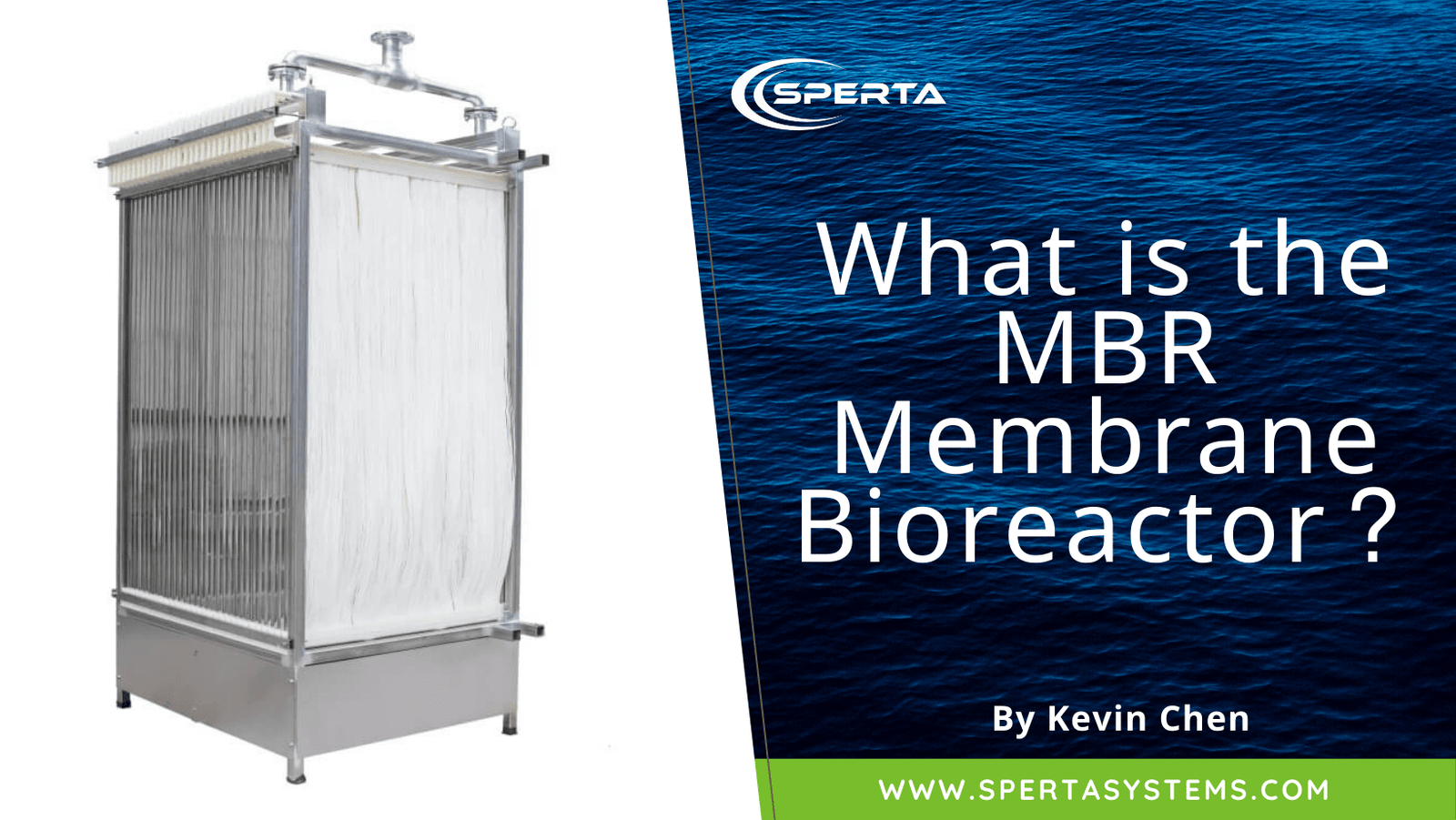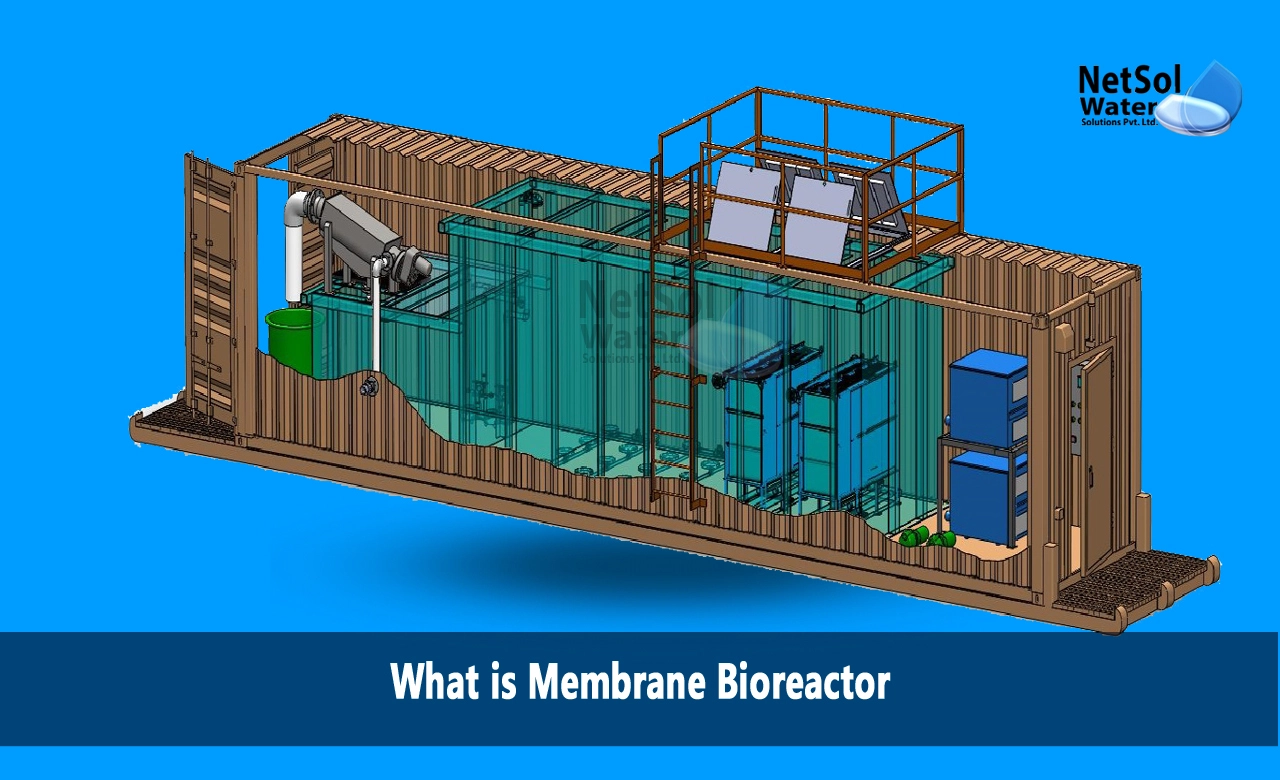Why Membrane Bioreactor Solutions Are Ideal for Sustainable Water Treatment
Why Membrane Bioreactor Solutions Are Ideal for Sustainable Water Treatment
Blog Article
Understanding Membrane Layer Bioreactors: The Future of Wastewater Treatment
Membrane bioreactors (MBRs) stand for a notable innovation in the area of wastewater treatment, integrating organic processes with innovative membrane layer filtration to boost effluent high quality. As global water deficiency and rigid regulatory structures end up being significantly pushing issues, MBR modern technology provides a reliable action through its capacity to reduce impact and optimize source recovery. Nonetheless, the adoption of MBRs is not without its obstacles, which merit mindful consideration. What are the crucial factors affecting their execution and long-lasting stability in various contexts? The solutions may reshape our strategy to wastewater management.
What Are Membrane Bioreactors?

The core parts of MBR systems consist of a bioreactor where microbial task takes place and a membrane layer device that filterings system the combined alcohol. This twin capability makes it possible for the synchronised destruction of raw material and solid-liquid splitting up in a solitary action. MBRs can operate in both submerged and external configurations, with submerged systems being more common due to their compact layout and operational performance.
The fostering of MBR innovation has acquired traction in various applications, varying from metropolitan wastewater therapy to industrial effluent management. MBRs are particularly advantageous in circumstances where room is restricted or strict effluent top quality requirements should be met. By maintaining a high focus of bacteria within the bioreactor, MBRs enhance the degradation of natural contaminants, thereby generating greater treatment performances contrasted to conventional approaches.
Key Advantages of MBR Innovation
The assimilation of biological therapy with membrane purification in MBR systems provides countless advantages that establish it apart from standard wastewater treatment techniques. Among the primary advantages is the enhanced effluent high quality. MBRs effectively eliminate put on hold microorganisms and solids, achieving higher degrees of filtration that meet rigid discharge standards and help with water reuse applications.

Another considerable benefit is the reduced sludge production. MBR systems produce less excess sludge, resulting in lower disposal costs and a reduction in environmental effect. The closed nature of the membrane system reduces the threat of smell exhausts and improves general procedure control.
Lastly, MBRs are adaptable and flexible, making them appropriate for different wastewater types, consisting of industrial and local resources. The ability to incorporate with advanced treatment innovations even more boosts their performance, making MBRs a promising service for the future of wastewater administration.
Challenges and Limitations of MBRs
While MBR innovation uses many advantages, it likewise deals with a number of difficulties and limitations that can impact its widespread fostering. One substantial difficulty is the high funding and operational costs associated with MBR systems. The first financial investment for membrane materials and the necessary framework can be considerable, making it less available for smaller sized markets or municipalities.
In addition, membrane layer fouling continues to be an essential problem that can decrease system performance and rise maintenance needs. Fouling happens when solids, raw material, or her latest blog bacteria accumulate on the membrane layer surface, leading to minimized permeability and calling for regular cleaning or substitute.
Another constraint recommended you read involves the intricacy of the technology. MBR systems call for competent personnel for procedure and upkeep, which can be a barrier in areas with limited technological know-how. Additionally, the disposal of invested membranes provides environmental worries, as the products are typically not biodegradable and can contribute to throw away management obstacles.
Lastly, while MBRs can successfully deal with a variety of wastewater, they might not appropriate for all applications, especially those with high focus of fats, oils, and oils, necessitating further research study and technology to address these restrictions.
Applications of Membrane Layer Bioreactors
In numerous fields, membrane bioreactors (MBRs) have emerged as a flexible option for wastewater therapy (Membrane Bioreactor). Their applications extend municipal, industrial, and agricultural settings, showcasing their versatility and efficiency in varied settings. In metropolitan wastewater therapy plants, MBRs significantly enhance effluent quality, allowing for water reuse and decreasing the environmental effect of discharged wastewater
Industrially, MBRs are employed in food and beverage processing, textile manufacturing, and pharmaceutical manufacturing, where they properly deal with high-strength waste streams. Their capacity to take care of rising and fall lots and differing pollutant concentrations makes them particularly valuable in these sectors. In addition, MBRs promote the elimination of microorganisms, suspended solids, and organic matter, adding to conformity with rigid discharge policies.
In agriculture, MBRs are increasingly made use of for dealing with agricultural runoff and animals wastewater, allowing the healing of nutrients for fertilizer manufacturing. They likewise aid in the therapy of greywater for watering, promoting sustainable water monitoring methods.
The flexibility of MBRs is more shown by click here for info their combination with other modern technologies, such as anaerobic digestion and progressed oxidation procedures, enhancing total performance and resource recuperation in wastewater treatment systems.
The Future of Wastewater Therapy
Improvements in technology and a growing focus on sustainability are shaping the future of wastewater therapy. Membrane bioreactors (MBRs) exhibit this shift by incorporating biological therapy processes with membrane layer filtering, causing top notch effluent suitable for reuse. The fad towards round economies is motivating facilities to take on MBRs for their ability to recuperate resources, such as water and nutrients, from wastewater.
Advancements in membrane layer materials and arrangement are enhancing the performance and longevity of MBR systems, minimizing functional costs and power consumption. Smart innovation assimilation, including real-time tracking and automated control systems, is more optimizing efficiency and making it possible for predictive maintenance, hence minimizing downtime.
Furthermore, social assumptions and regulatory pressures are pressing districts and industries to take on more sustainable methods. Membrane Bioreactor. The change in the direction of decentralized wastewater therapy solutions is acquiring traction, enabling local therapy that reduces transportation expenses and energy use
Final Thought
Membrane layer bioreactors (MBRs) stand for a transformative strategy to wastewater treatment, integrating biological processes with advanced membrane technology. The advantages of MBRs, including improved effluent high quality, minimized spatial demands, and reduced sludge production, position them as a feasible option amidst expanding urbanization and stricter environmental policies. In spite of existing difficulties, the continued development in membrane materials and functional approaches assures to strengthen the efficiency and fostering of MBRs, ensuring their critical role in the future of sustainable wastewater monitoring.
Membrane layer bioreactors (MBRs) stand for a notable development in the field of wastewater therapy, incorporating biological processes with innovative membrane layer filtering to enhance effluent high quality.Membrane bioreactors (MBRs) combine organic therapy processes with membrane purification to successfully deal with wastewater.The integration of organic therapy with membrane purification in MBR systems uses various advantages that establish it apart from standard wastewater treatment approaches. Membrane bioreactors (MBRs) exemplify this change by integrating organic treatment procedures with membrane layer filtration, resulting in high-grade effluent appropriate for reuse.Membrane bioreactors (MBRs) stand for a transformative method to wastewater therapy, integrating organic processes with advanced membrane layer technology.
Report this page